The California-based EV company has lofty dreams of using its new platform to convert droves classic vehicles.



Oshkosh can make 100% battery-electric delivery trucks for the U.S. Postal Service, likely dashing Workhorse’s hopes of reigniting the competition.
Oshkosh Truck Corp. (NYSE: OSK) can make 100% battery-electric delivery trucks for the U.S. Postal Service, undercutting an assertion by Workhorse Group (NASDAQ: WKHS) that its being passed over for the contract dooms the mail service to remaining a source of planet-warming greenhouse gas emissions.
Not so, Oshkosh President and CEO John Pfeifer told analysts on the company’s fiscal second-quarter earnings call Wednesday.
“We can do 100% electric vehicles from Day One,” Pfeiffer said. “If the U.S. Postal Service came to us tomorrow and said, ‘We’ve got the funding to do 100% electric from 2023,’ we can do it.”
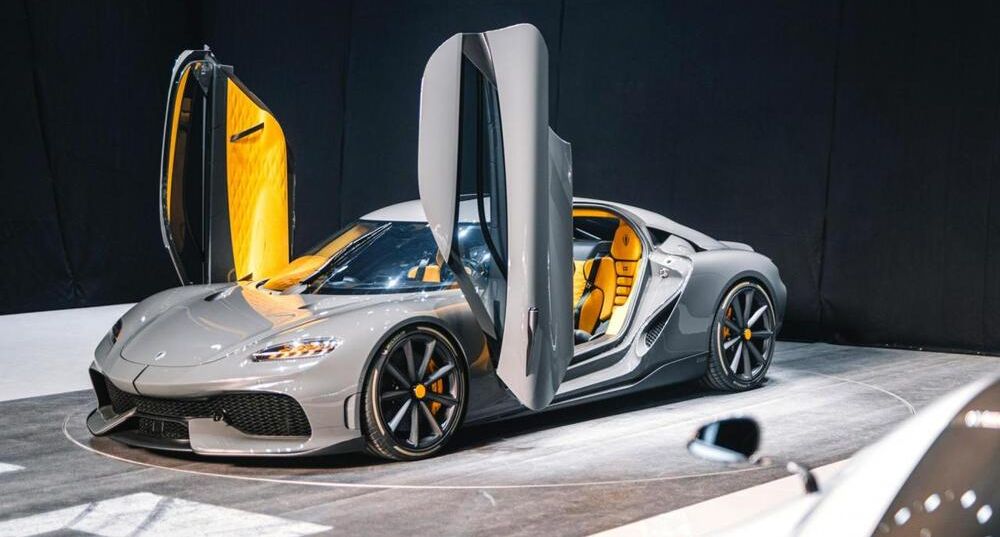
One critical part of the Koenigsegg Gemera’s brain-scrambling powertrain is its ‘Freevalve’ petrol engine. You might have glossed over it while trying to compute the outputs, and they way that engine combines with three electric motors to produce, er, 1700bhp in all. Or in metric, 1.27 Megawatts. Or the power draw of a couple of hundred houses cooking dinner.
Christian von Koenigsegg, though, will talk for hours about this engine. He’s so affectionate about the thing he’s got a nickname rather than the usual dreary car-business habit of codenames. This, then, is the Tiny Friendly Giant.
Giant because 600bhp. Tiny because it’s just two litres and three cylinders. Maybe two litres isn’t that tiny in displacement (though CvK’s cars have mostly had big V8s) but it’s physically very small and easy to package. It has just the three cylinders, and no overhead camshaft casings, and no camshaft drive on the front.
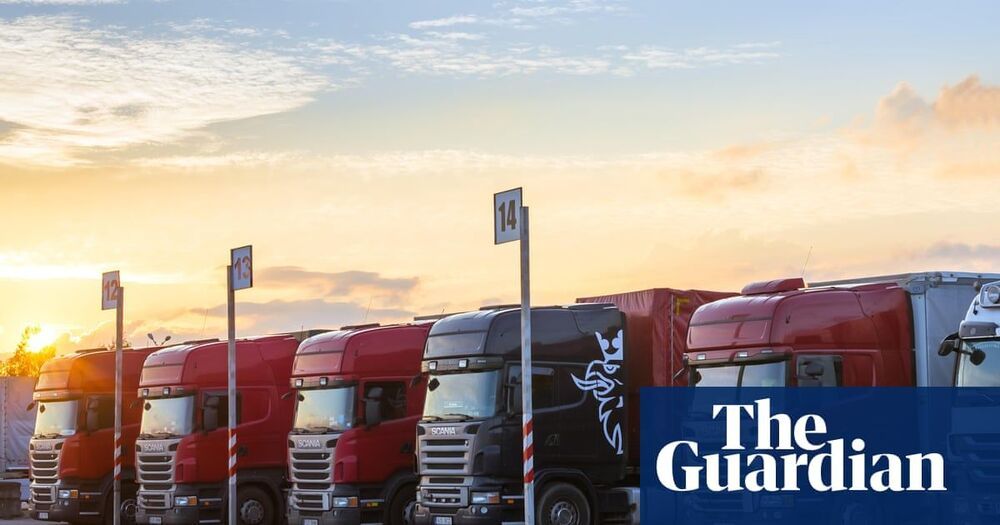
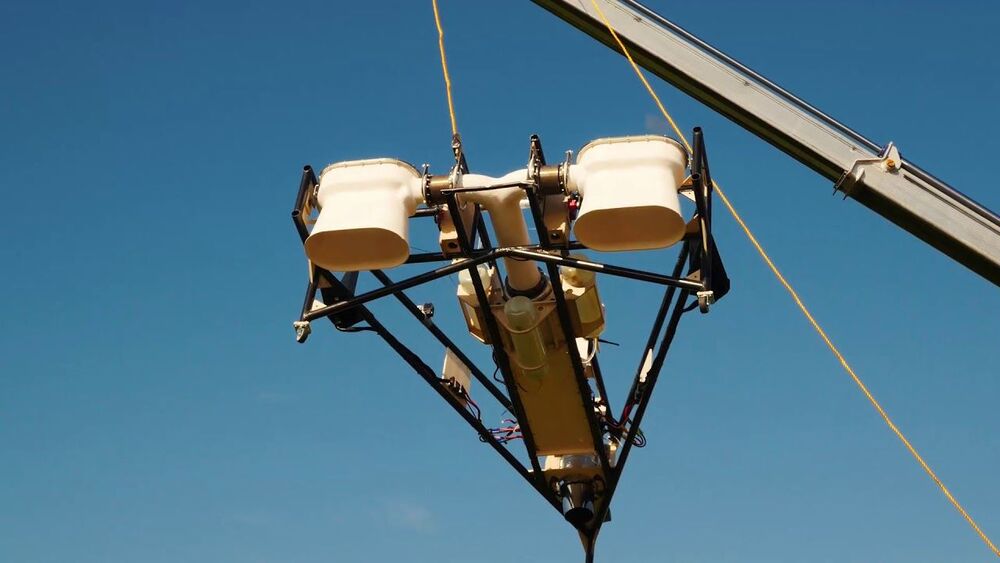
Seattle-based company Jetoptera says its air-accelerating Fluidic Propulsive System, which works a lot like a Dyson “bladeless” fan, produces thrust for half the fuel of a small turbojet while being the “most silent propulsion system in the skies.”
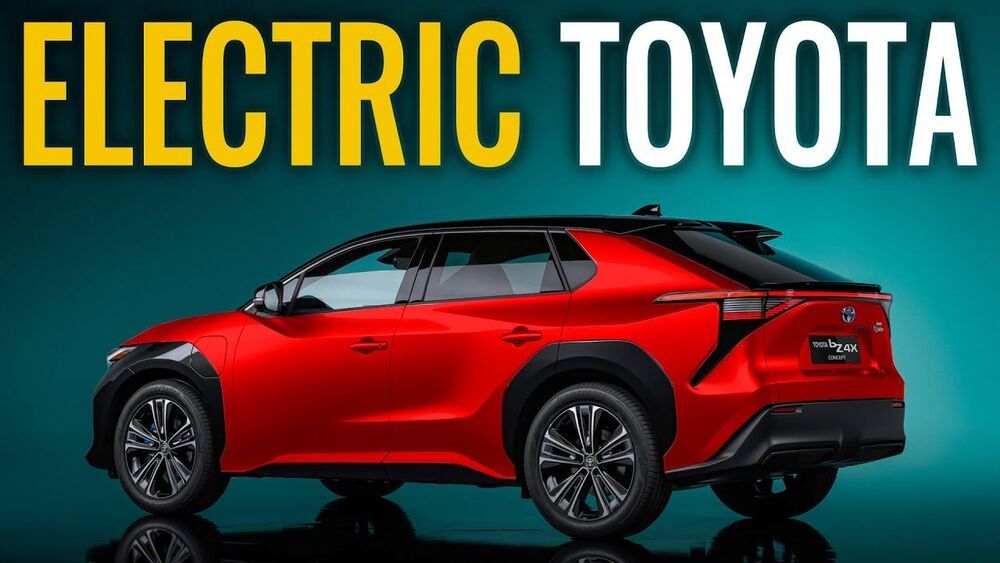
Toyota finally unveils its first EV, an all electric SUV called bZ4x but it also responded to pressure of some investors to cut out the anti-EV lobbying. InsideEVs and Forbes contributor Tom Moloughney will be here to weigh in, plus other EV news of the week.
https://www.youtube.com/channel/UCdX0BJNon1c6GfOdeS3pyDw.
OUR SPONSORS:
❤️ XPENG MOTORS — Follow China’s leading smart EV automaker on Facebook at https://www.facebook.com/XpengMotorsGlobal.
My P7 video: https://youtu.be/9o0xGNewz5M
IMPORTANT NOTICE: Sponsors of this channel do not in any way control or influence the opinion or views expressed in E for Electric videos. All sponsor content is clearly marked and announced in every instance. Views and opinions expressed on this channel do not necessarily represent or reflect the opinions of our sponsors, their partners or their associates.
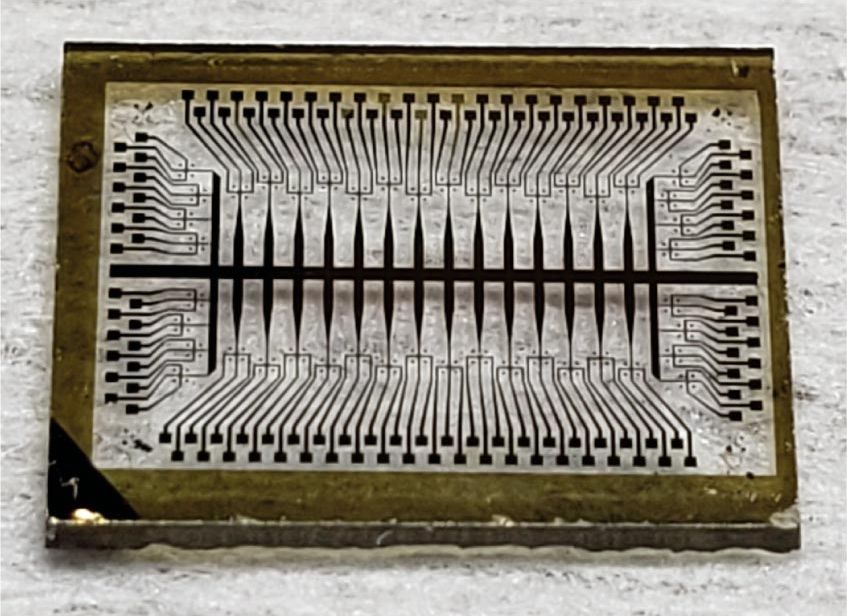
Training neural networks to perform tasks, such as recognizing images or navigating self-driving cars, could one day require less computing power and hardware thanks to a new artificial neuron device developed by researchers at the University of California San Diego. The device can run neural network computations using 100 to 1000 times less energy and area than existing CMOS-based hardware.
Researchers report their work in a paper published recently in Nature Nanotechnology.
Neural networks are a series of connected layers of artificial neurons, where the output of one layer provides the input to the next. Generating that input is done by applying a mathematical calculation called a non-linear activation function. This is a critical part of running a neural network. But applying this function requires a lot of computing power and circuitry because it involves transferring data back and forth between two separate units – the memory and an external processor.
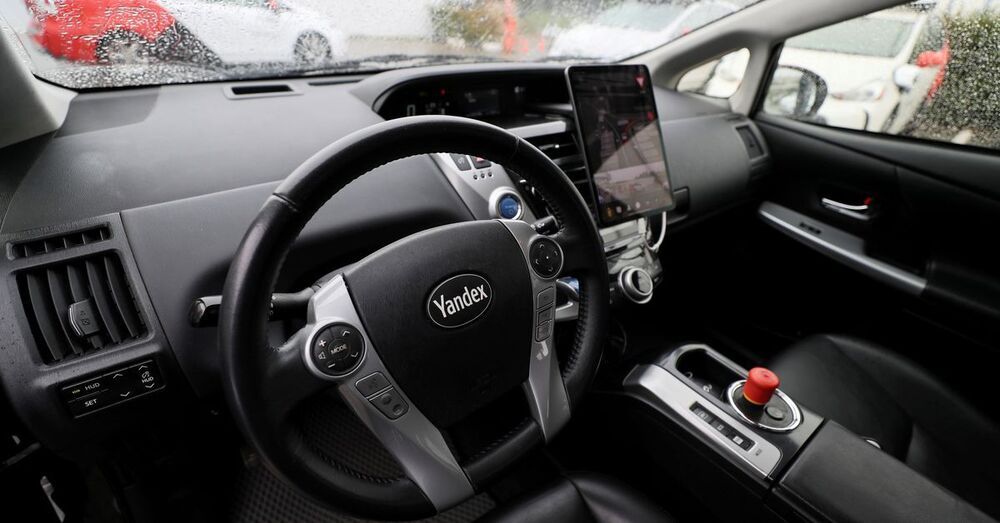
The UK government on Wednesday became the first country to announce it will regulate the use of self-driving vehicles at slow speeds on motorways, with the first such cars possibly appearing on public roads as soon as this year.
Britain’s transport ministry said it was working on specific wording to update the country’s highway code for the safe use of self-driving vehicle systems, starting with Automated Lane Keeping Systems (ALKS) — which use sensors and software to keep cars within a lane, allowing them to accelerate and brake without driver input.
The government said the use of ALKS would be restricted to motorways, at speeds under 37 miles (60 km) per hour.

This article is part of our new series, Currents, which examines how rapid advances in technology are transforming our lives.
Imagine operating a computer by moving your hands in the air as Tony Stark does in “Iron Man.” Or using a smartphone to magnify an object as does the device that Harrison Ford’s character uses in “Blade Runner.” Or a next-generation video meeting where augmented reality glasses make it possible to view 3D avatars. Or a generation of autonomous vehicles capable of driving safely in city traffic.
These advances and a host of others on the horizon could happen because of metamaterials, making it possible to control beams of light with the same ease that computer chips control electricity.
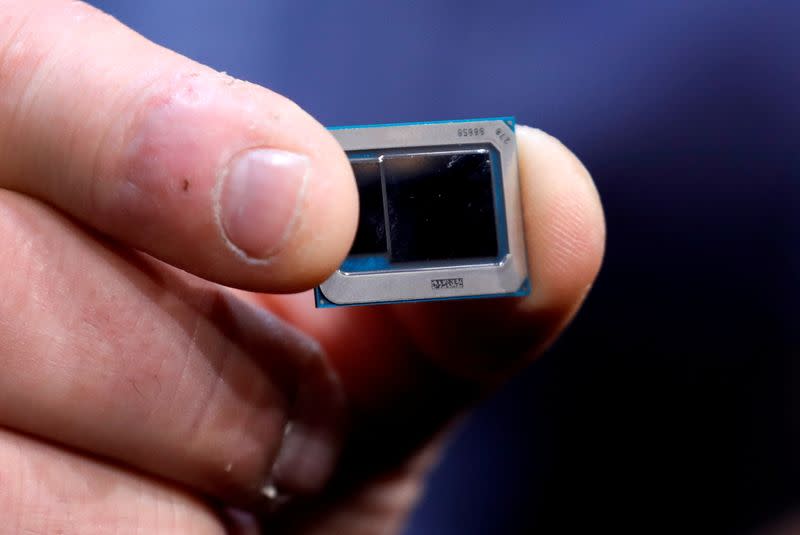
MEXICO CITY (Reuters) — A global semiconductor chip shortage, which has hurt Mexico’s auto industry, could improve but still not be fully resolved by the end of the year, said the head of Intel Corp’s Mexico unit, Santiago Cardona.
Intel in late March said it will greatly expand its advanced chip manufacturing capacity with plans to spend as much as $20 billion to build two factories in Arizona and open its factories to outside customers.